
Is an agricultural complex that is undergoing development in the direction of organic farming, which includes establishments for crop production, livestock farming and poultry farming. The main business line is the incorporation of EM-Technology into agriculture, farming and the ecology, all the while building a network of biotechnical production facilities. X-Agro is the main supplier of EM-Technology in Russia.


Is an agricultural complex that is undergoing development in the direction of organic farming, which includes establishments for crop production, livestock farming and poultry farming. The main business line is the incorporation of EM-Technology into agriculture, farming and the ecology, all the while building a network of biotechnical production facilities. X-Agro is the main supplier of EM-Technology in Russia.
EM-Technology is defined as “a technology of effective microorganisms”. It might not be the only one of its kind, but it is certainly one of the most effective organic technologies in the world today. We are surrounded by microorganisms everywhere. We tend to think very little about the enormous role that they play in the lives of all living creatures and plants on our planet. In fact, in the body of a grown human being, there is a total mass of 2 to 3 kg of a wide diversity of microorganisms. The sum of their genetic material is in fact much larger that the informational content of the DNA of the person itself. As in any social environment, in the microorganisms’ community, there are regenerative elements (those that have a positive influence on human beings) as well as degenerative elements, the latter leading to illnesses and other negative consequences. In a natural environment, a balance naturally arises between these two forces. People’s health and longevity, as well as the balanced development of the land, plants and animals, depends on the level of dominance of the regenerative micro flora in the environment, as well as the products of its metabolism. Because of their irresponsible behavior, humans contribute to the imbalance of the natural equilibrium, and this is not without catastrophic consequences.
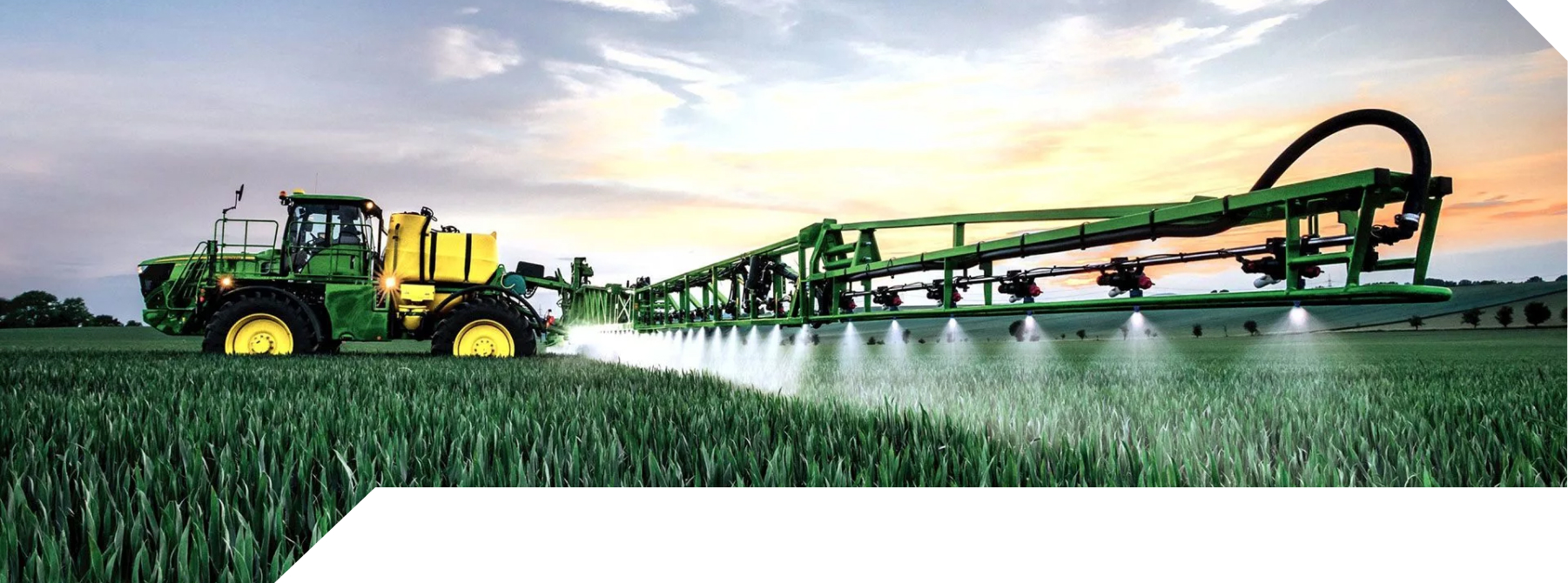

Сrop farming and livestock farming

Сrop farming and livestock farming
The use of effective microorganisms, or ET-Technology, transforms soils of any type in good fertile soils that are able to yield a harvest many times larger than with traditional agricultural methods. In addition, this can be achieved without the use of poisonous chemicals and artificial fertilizers.
Soil that hasn’t been damaged by chemical products is host to a balanced quantity of microorganisms: more than 20 tons per hectare. This type of soil also has a similar amount of worms and other living creatures. In terms of mass, this is the equivalent to a herd of 100 cows. Since the lifespan of bacteria is limited, spanning an average of 20 minutes only, after death, their remainders are a source of protein that is easily absorbed by plant roots, serving as an additional source of nutrients for growth and fructification. The larger the amount of beneficial bacteria present in the soil, the more fertile it is.
This role played by microorganisms has been known for a long time, but only recently has the science of microbiology developed sufficiently in order to go from theory and testing to the practical use on soils with balanced microorganism fertilization.
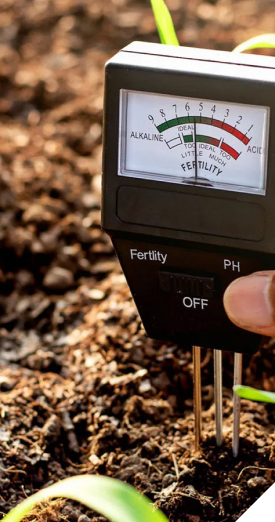
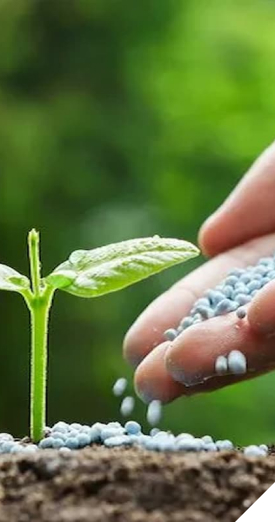


Products that ward againt insects

Products that ward againt insects
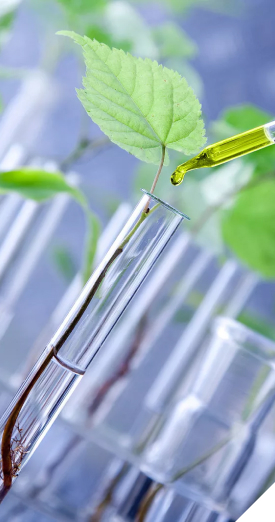
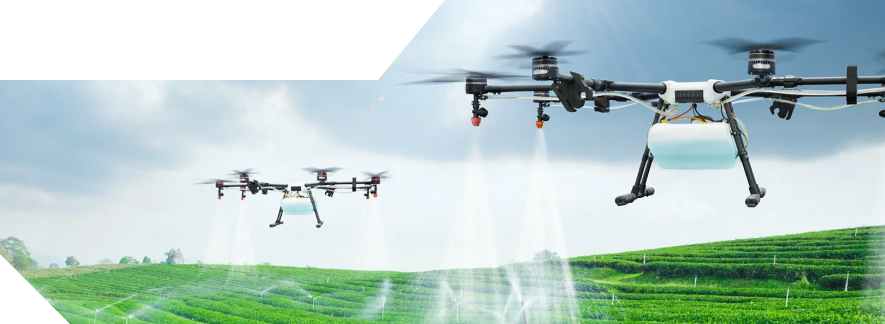
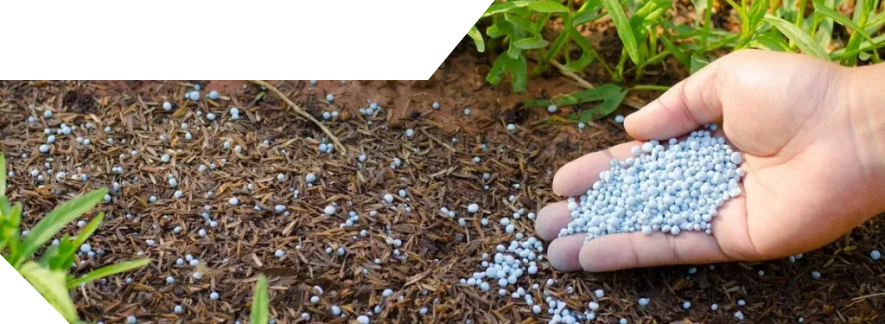



EM-compost

Organic waste

Sprout treatment

Soil treatment
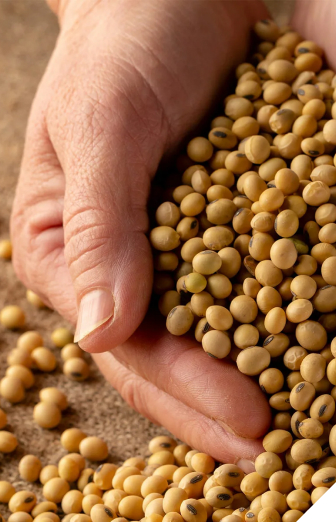
Seed treatment
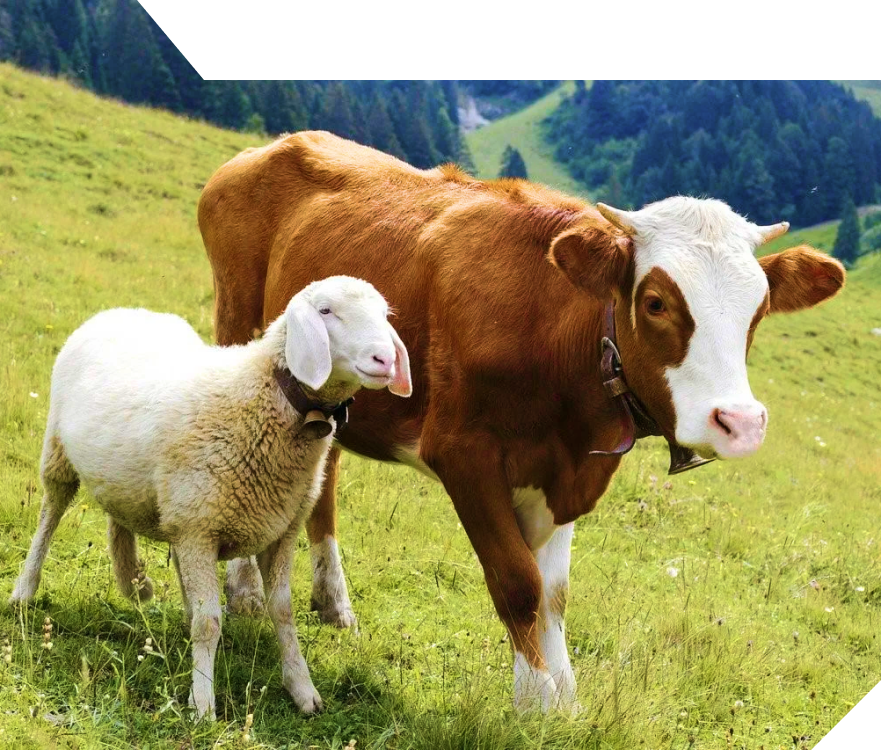
At the current time, the majority of countries in the world are attempting to avoid using chemical products, including synthetic ones. There is a gradual shift from chemical to organic agriculture and farming; for instance, there is the growing of agricultural production without mineral fertilizers and livestock farming production grown with the help of ecologically pure biological supplements. This trends means that EM-Technology sounds quite promising, since it has effective microorganism-based products that perform an array of different functions in its arsenal. At the present moment, we have finally accumulated a sufficient amount of experience that convincingly shows that EM-Technology improves the conditions of livestock upkeep, all the while raising the animals’ and bird’s production of meat, eggs and milk, neutralizing waste odours, and so forth.
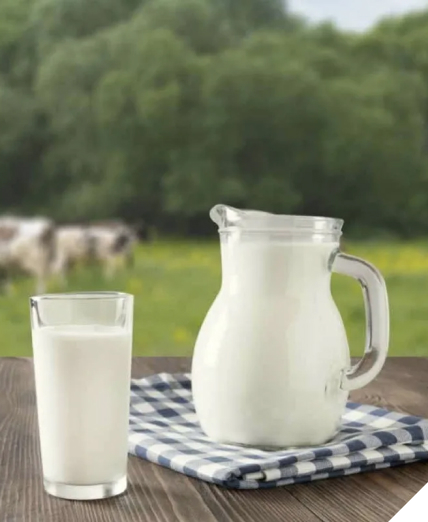

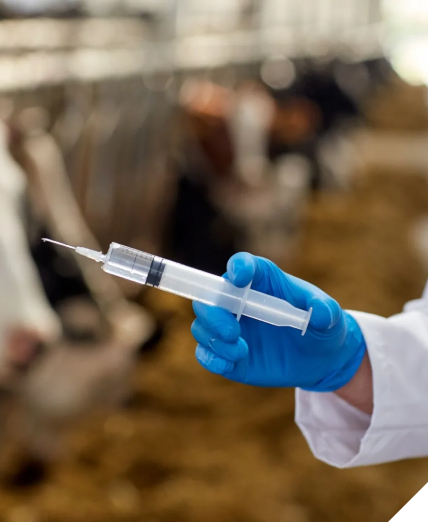
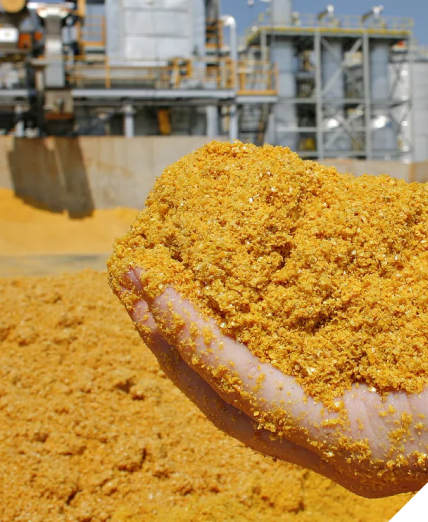

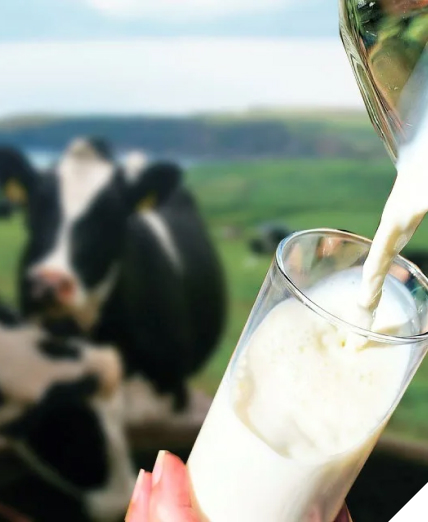
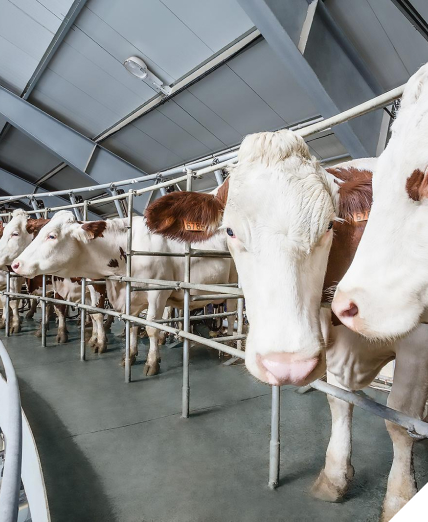
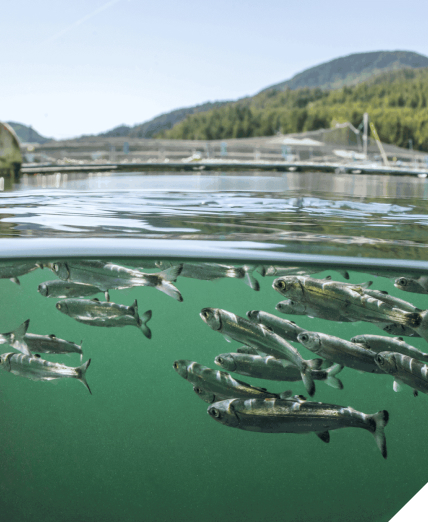
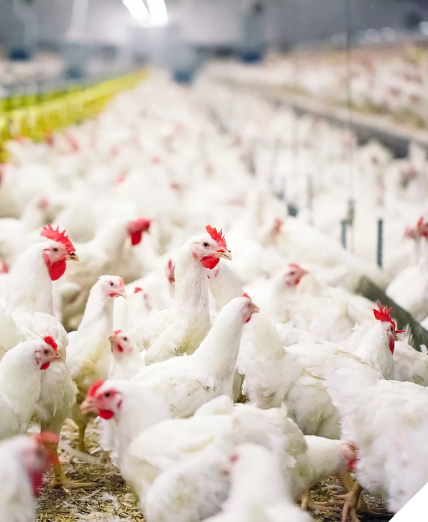
In Northeastern China, between the second-largest desert of China (the Tengger desert) and the third-largest desert of the same country (the Bandain-Jaran Desert), lies the county of Minqin of the province of Hansun. In that area, the desertified surface amounts to 94.5% of the totality, and the overall size of the desert is close to 4.7 million hectares. The yearly quantity of rainfall is a mere 110 mm while the evaporation is 2,646 mm. This means that this is one of the most desertified areas not only in the country, but also in the world. Minqin is the frontier zone for the governmental monitoring and fight against desertification, as well as being one of the 4 places of formation of sandstorms in the north of China. This is because it lies between two deserts and is the only barrier for the sand line in Northeastern China. If it were impossible to preserve the oasis of Minqin, the corridor of Hesi would be put in danger, and eventually, the entire country would be affected. P. A. Shablin and a Chinese representative have attempted to plant a forest with the use of EM-Technology during the course of two consecutive years. The operation proved successful.
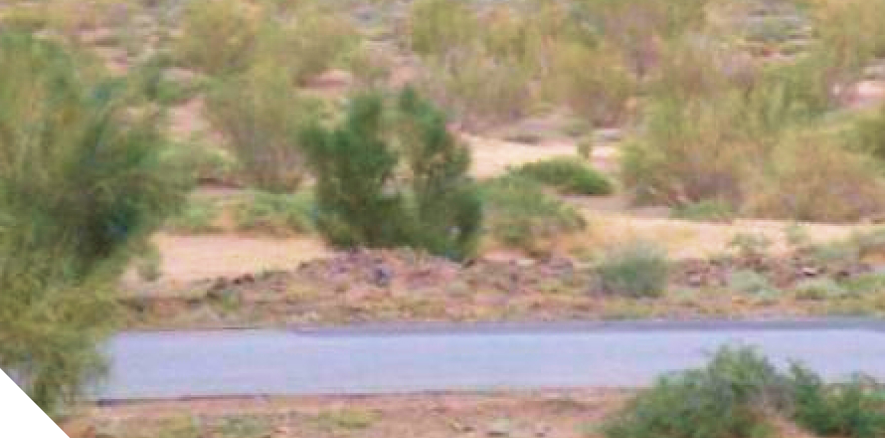 Control area that is free of EM-Technology involvement on the north side of the road, September 2008 There was a summer forest renewal and plant nutrition with EM-Technology in June 2007.
Control area that is free of EM-Technology involvement on the north side of the road, September 2008 There was a summer forest renewal and plant nutrition with EM-Technology in June 2007.  Test area with EM Technology use on the south side of the road in September 2008. There was a summer forest renewal and plant nutrition with EM-Technology in June 2007.
Test area with EM Technology use on the south side of the road in September 2008. There was a summer forest renewal and plant nutrition with EM-Technology in June 2007. The head specialist journeyed to the planting area and used EM-Technology in the desert of Horinger, Inner Mongolia on the 26th of February, 2007. He discovered that the wind had carried the sands, which became a blocking element on the surface of the desert. The piece of soil in which a Chinese pine that was planted with the aid of EM-Technology had also changed color.
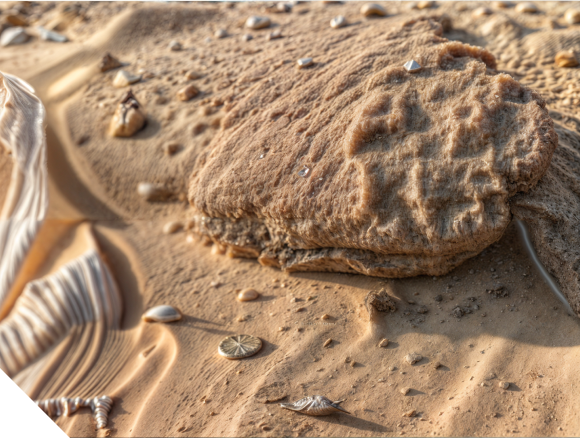 Sand at the roots of the Ansu apricot tree that was planted with the aid of EM Technology became reddish-brown and fertile
Sand at the roots of the Ansu apricot tree that was planted with the aid of EM Technology became reddish-brown and fertile  The soil base that came with the roots of a Chinese pine tree that was planted with the aid of EM Technology also changed color
The soil base that came with the roots of a Chinese pine tree that was planted with the aid of EM Technology also changed color  Sand that was transformed into a block of soil
Sand that was transformed into a block of soil EM Technology allows for the increase and improvement of the soil’s fertility level as well as harvest yields in locations that have favorable conditions. Haicheng, Liaoning has relatively favorable conditions, as it is located in the fertile Manchurian plains. At the request of the Bureau of Science and Technology of Haicheng, Province of Liaoning, experiments were conducted in this site. The goal was to increase the rice harvest yield; the experiment was successful.

In the year 2002, “The testing for the use of EM-Technology for tropical crops in the province of Hainan” was conducted: 11 of the main profitable crops of the province of Hainan were fertilized using EM-Technology (overall content of N, P and K of about 5%). The same crops were also fertilized using a highly concentrated combined fertilizer produced in Norway (overall content of N, P and K of about 45%). They were used in equal quantity and in equal volume. Bananas were not tested on due to a recent typhoon; however, the harvest of the remaining 10 crops was significantly higher in the batch that used EM-Technology when compared to the batch that used the highly concentrated fertilizer produced in Norway. In addition, the difference in the sugar cane harvest reached a significantly high level. The table below showcases the harvests’ metrics.
Тable comparing the harvest yields with the use of EM-Technology and highly concentrated combined fertilizer in equal quantities
| Культура | Sugar Cane | Pepper | Mango | Litchi | Leaves of horned holly | Wax pumpkin | Watermelon |
| Harvest using EM-Technology, tons/hectare | 111.2 | 2.99 | 14.2 | 7.59 | 2.09 | 68.85 | 59.62 |
| Harvest using standard combined fertilizer, tons/hectare | 80.25 | 2.84 | 13.26 | 7.41 | 1.90 | 64.58 | 54.00 |
| Increase in yield, % | 38.57 | 5.28 | 7.09 | 2.43 | 10.00 | 6.61 | 10.41 |
Lycopene is a key nutrient contained in tomatoes. It is a type of organic nutrient contained in plants and is the strongest antioxidant found in nature at the current time. As proven scientifically, singlet oxygen and oxygen free radicals in the human body are at the source of disruptions in the immune system of the human body. The effectiveness of lycopene at eliminating free radicals is higher than the effectiveness of other carotens and vitamin E, and its constant speed of elimination of singlet oxygen is 100 times faster than Vitamin E. It can be used as an effective way of preventing and controlling a wide variety of ailments associated with advancing age and a weaker immune system.
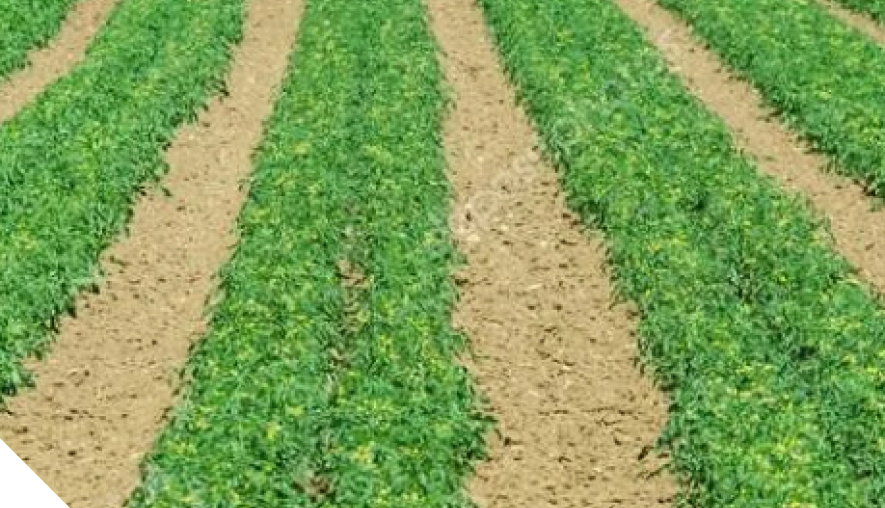

In tomato crops that were fertilized with EM-Technology, lycopene content was of 84.2 mg/kg. Its content in green produce of high quality is normally 4 mg/kg; the quantity of the nutrient is 21.7 times higher. The content of lead and cadmium each consisted of approximately 1/10 of the coefficient in Chinese green produce. None of 12 commonly used pesticides, such as arsenic, mercury and acetate, were detected.
2.5 months after treatment, the spikes of wheat were tight as a wrist, and the quantity of sprouts of wheat reached 30. This is two times more than the standard quantity in the growing conditions of this region.

During 104 days, there was no rainfall. After treatment, the tomato crops were harvested 12 times

When treated with chemical fertilizers, tomato crops were harvested 3 times. Water retention by the soil was more than 34% superior.
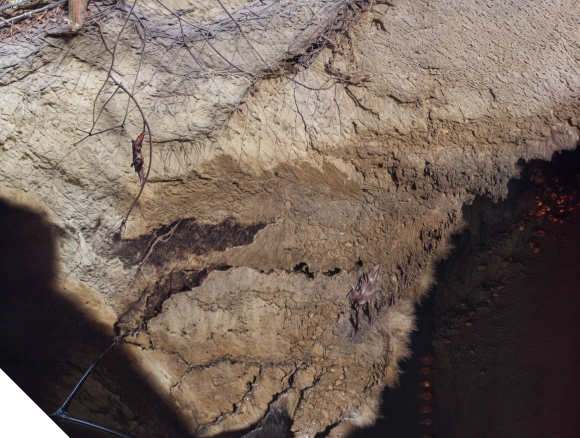
Changes in the soil after being treated with EM-Technology.
In 2015, a plant-growing experiment was conducted in Dubai in clean sand, not far from Sharjah. Initial results have shown to be extraordinary. The crops that were grown for the sake of the experiment included 32 distinct types of plants. More precisely, they consisted of Guineng grazing grass, black mustard, cabbage, Chinese cabbage, spinach, gray mustard, red spinach, Hong-Kong cabbage, Hong-Kong leaf lettuce, Chinese lettuce, peanuts, crown daisy, tat soi, corn, celery, rice (dry cultivation), large tomatoes, watermelon, violet tomatoes, cowpea, special cowpea, water spinach, leaf lettuce, shallots, green food-grade amaranth, oilseeds, celtuce, bitter chrysanthemum, green turnip, eggplant, chives, wax pumpkin and Japanese pumpkin.

Guineng grazing grass can grow up to 1.2 meters tall 1 month after being sown
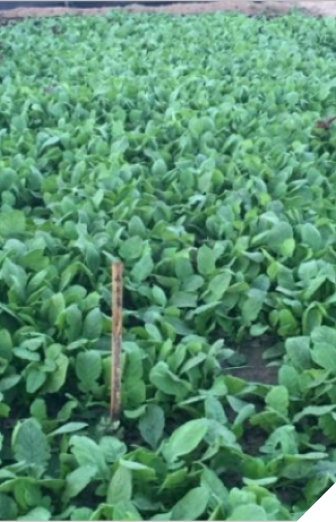
Chinese lettuce 17 days after planting
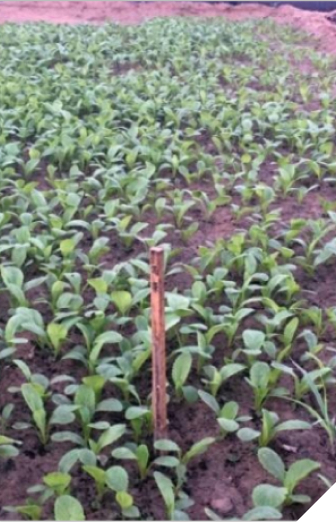
Black mustard 17 days after planting

Peanut 10 days after planting
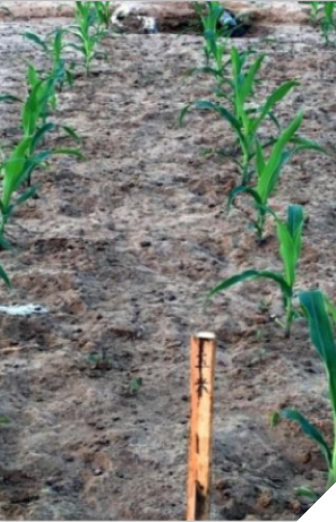
Corn 14 days after planting
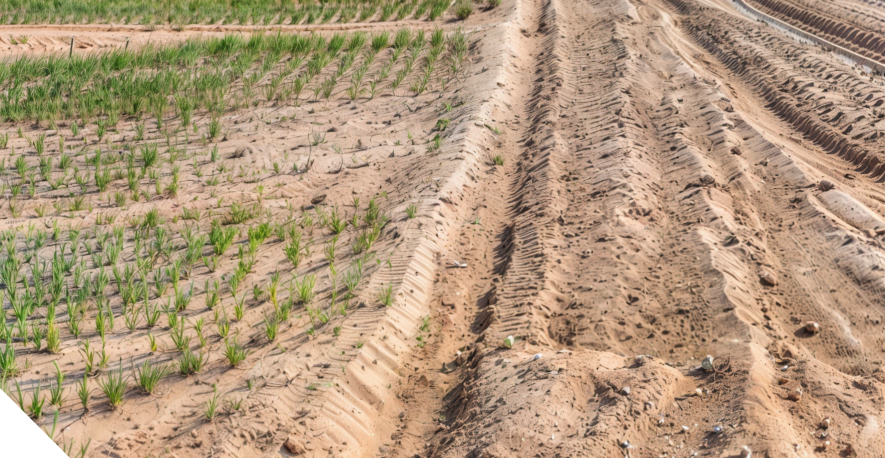
Wheat grown with the aid of EM-Technology, with normal sprout growth

Wheat grown with the aid of chemical fertilizers, sprouts are almost completely absent.
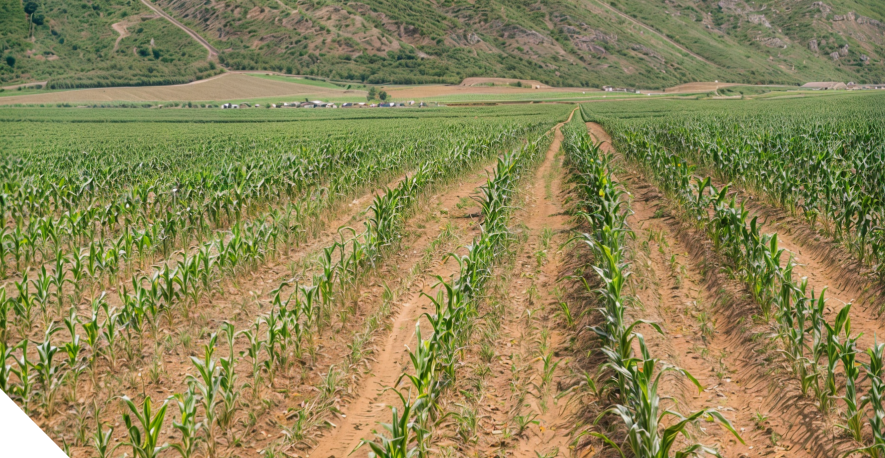
Corn / wheat without the use of EM-Technology and with the use of EM-Technology, 15 june 2011
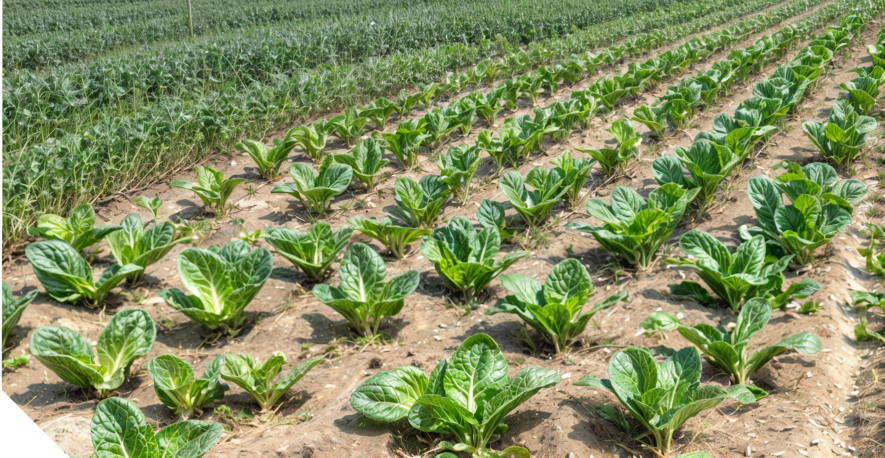
Only 20 days have elapsed from the moment of planting to the ripening of the Chinese cabbage.
After mining of bauxite ore, a few meters of oil layer are revealed under the natural surface. This layer contains has an extremely high concentration of heavy metals, with a cadmium content that is 22.3 times higher than in healthy soil. The chromium content is 4.9 times higher than in healthy soil, which creates an insurmountable obstacle to the sowing of any grain-based crop. We attempted to plant mulberry trees thanks to the usage of the EM-Technology in this soil that was heavily contaminated by heavy metals. Lab results have demonstrated that the cadmium and chrome content in the leaves of the mulberry trees was only one-third of the content of the leaves of trees grown using chemical fertilizers. When comparing both mulberry trees grown with the aid of the EM-Compost organic fertilizer and with chemical fertilizers, the cadmium content in the leaves of the mulberry tree consists of, respectively, 0.026mg/kg and 0.081 mg/kg, and the chromium content of the trees is 0.13mg/kg and 0,35mg/kg.
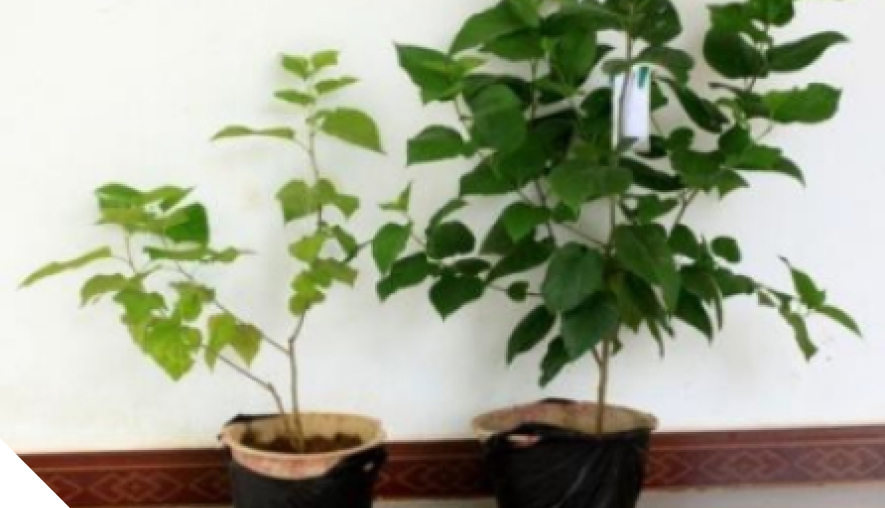
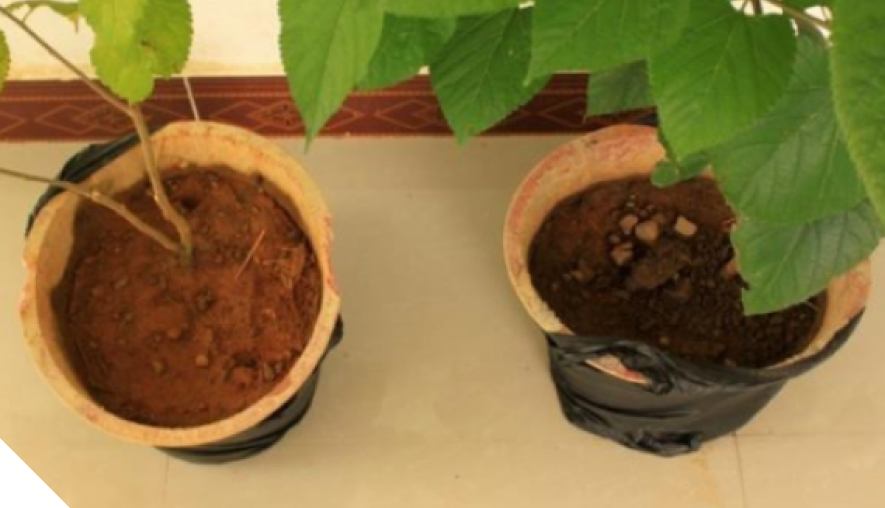
Comparison of a mulberry tree grown with the aid of a chemical fertilizer (left) and one grown with EM-Technology (right) in a clay soil that is heavily contaminated with heavy metals.
A key component of EM-Technology is the base material named Baikal EM-1. During the fabrication of the EM-Compost, fermented agricultural and forestry organic waste is mixed. They include, for instance, straw, sawdust, wood chips, nutshells, dry tree branches, fallen leaves, invasive plant species and so forth. Sometimes, some other additions are made.
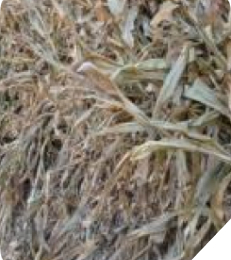
Straw

Sawdust

Nutshells
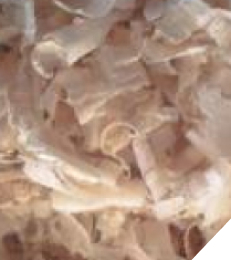
Wood Chips
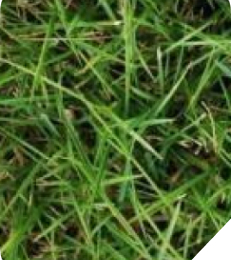
Invasive Plants

Leaves
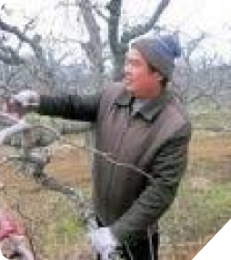
Dry Branches

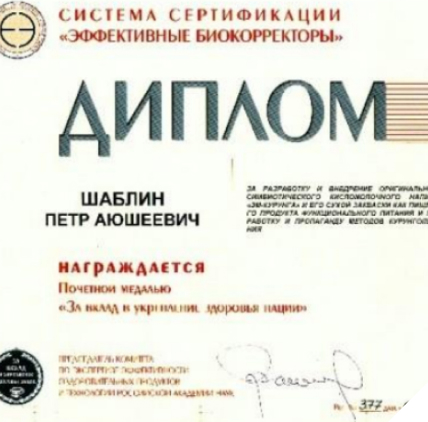
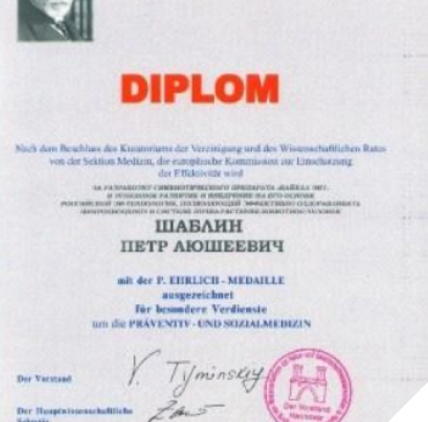
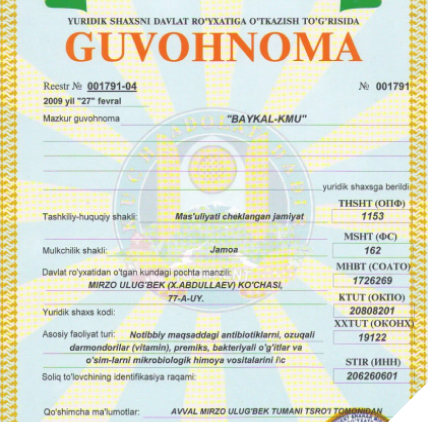

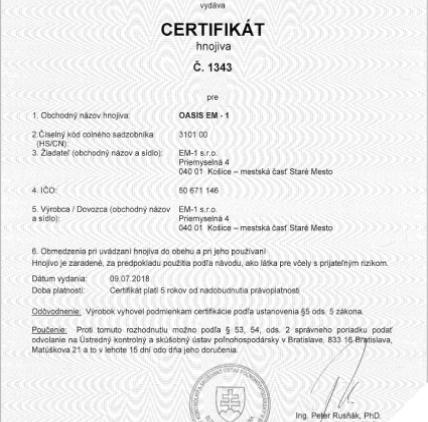

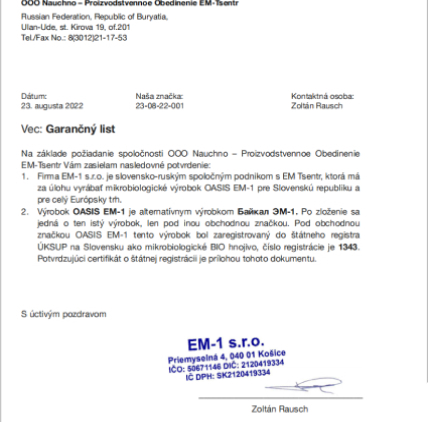
Terms of Use
This User Agreement (hereinafter referred to as the Agreement) governs the relationship between X-AGRO on the one hand and the user of the site on the other. The X-AGRO website is not a media outlet. By using the site, you agree to the terms of this agreement. If you do not agree to the terms of this agreement, do not use the site X-AGRO Rights and obligations of the parties. The user has the right:
– search for information on the site
– receive information on the site
– copy information on other sites with the indication of the source
– copy information on other sites with the permission of the copyright holder
– demand from the administration to hide any information about the user
– use the information on the site for personal non-commercial purposes
The administration of X-AGRO has the right:
– at its discretion and necessity to create, modify, cancel the rules
– restrict access to any information on the site
– create, modify, delete information
The user is obliged:
– not to disrupt the performance of the site
– not to use scripts (programs) for automated collection of information and / or interaction with the Site X-AGRO and its Services
Administration undertakes to:
– Maintain the performance of the site except when it is impossible for reasons beyond the control of the Administration.
Responsibility of the parties
– administration does not bear any responsibility for the accuracy of information copied from other sources
– administration does not bear any responsibility for the services provided by third parties
– in case of a force majeure situation (hostilities, state of emergency, natural disaster, etc.) Administration does not guarantee the safety of information posted by the User, as well as uninterrupted operation of the information resource.
– The administration of the site provides publicly available information from open sources, as well as its own developments. In case the site was used information containing copyrights, please inform the support service.
Terms of the Agreement
This Agreement comes into force at any use of this site. The Agreement ceases to be in force when a new version of it appears. Administration reserves the right to unilaterally change this agreement at its discretion. Administration does not notify users about changes in the Agreement.
Privacy Policy
1. General Provisions. This policy of personal data processing is made in accordance with the requirements of the Federal Law dated 27.07.2006. № 152-FZ “On Personal Data” and defines the order of personal data processing and measures to ensure the security of personal data, undertaken by X-World, as well as any other projects of the company including X-AGRO hereinafter (Company)
1.1 X-World Company sets as its most important goal and condition of its activity observance of rights and freedoms of a person and citizen during processing of his/her personal data, including protection of rights to privacy, personal and family secret.
1.2 This policy of X-World in relation to processing of personal data (hereinafter – Policy) applies to all information that the company can on the official sites of X-World.
2 Basic concepts used in the Policy
2.1 Automated processing of personal data – processing of personal data by means of computer equipment;
2.2 Blocking of personal data – temporary cessation of personal data processing (except for cases when processing is necessary to clarify personal data);
2.3 Website – a set of graphic and informational materials, as well as computer programs and databases, ensuring their availability on the Internet at the network address https://X-World.plus, https://X-AGRO.plus;
2.4 Personal data information system – a set of personal data contained in databases and information technologies and technical means ensuring their processing;
2.5 Personal data depersonalization – actions as a result of which it is impossible to determine, without using additional information, whether personal data belong to a particular User or other subject of personal data;
2.6 Processing of personal data – any action (operation) or set of actions (operations) performed with the use of automation means or without the use of such means with personal data, including collection, recording, systematization, accumulation, storage, clarification (update, change), extraction, use, transfer (distribution, provision, access), depersonalization, blocking, deletion, destruction of personal data;
2.7 Operator – a state authority, municipal authority, legal entity or individual, independently or jointly with other persons organizing and (or) carrying out processing of personal data, as well as determining the purposes of personal data processing, composition of personal data subject to processing, actions (operations) to be performed with personal data;
2.8. Personal Data – any information relating directly or indirectly to a certain or defined User of the website https://X-World.plus; https://X-AGRO.plus;
2.9. User – any visitor of the website https://X-World.plus; https://X-AGRO.plus;
2.10. Provision of personal data – actions aimed at disclosure of personal data to a certain person or a certain circle of persons;
2.11. Dissemination of personal data – any actions aimed at disclosure of personal data to an indefinite number of persons (transfer of personal data) or familiarization of personal data to an unlimited number of persons, including disclosure of personal data in mass media, placement in information and telecommunication networks or providing access to personal data in any other way;
2.12. Trans-border transfer of personal data – transfer of personal data to the territory of a foreign country to a foreign government authority, foreign individual or foreign legal entity;
2.13. Destruction of personal data – any actions, as a result of which personal data are irretrievably destroyed with the impossibility of further recovery of the content of personal data in the information system of personal data and (or) material carriers of personal data are destroyed.
3. X-World Administration may process the following personal data of the User
3.1 Surname, first name, patronymic;
3.2. E-mail address;
3.3. Phone numbers;
3.4. Year, month, date and place of birth;
3.5. Photographs;
3.6. Details of the identity document. 3.7;
3.7. The site also collects and processes anonymized data about visitors (including cookies) with the help of Internet statistics services (Yandex Metrica and Google Analytics and others).
3.8 The above mentioned data are hereinafter referred to in the text of the Policy as Personal Data.
4. Purposes of personal data processing
4.1 The purpose of processing the User’s personal data is to provide the User with access to services, information and/or materials contained on the website.
4.2 X-World Administration also has the right to send the User notifications about new products and services, special offers and various events. The User can always opt out of receiving informational messages by sending X-World Administration an e-mail to info@x-world.plus with the note “Opt-out of notifications about new products and services and special offers”.
4.3 The anonymized data of Users, collected by means of Internet statistics services, are used to collect information about Users’ actions on the site, to improve the quality of the site and its content.
5. Legal basis for the processing of personal data
5.1 X-World Administration processes personal data of the User only in case of their filling in and/or sending by the User through special forms located on the website https://X-World.plus, as well as https://X-AGRO.plus. By filling out the appropriate forms and/or sending his personal data, the User expresses his consent to this Policy.
5.2 X-World Administration processes anonymized data about the User if it is allowed in the settings of the User’s browser (cookies and JavaScript technology are enabled).
6. Procedure for collection, storage, transfer and other types of processing of personal data The security of personal data processed on X-World websites is ensured through the implementation of legal, organizational and technical measures necessary to fully comply with the requirements of current legislation in the field of personal data protection.
6.1 X-World ensures the safety of personal data and takes all possible measures to prevent access to personal data by unauthorized persons.
6.2 User’s personal data will never, under any circumstances, be transferred to third parties, except in cases related to the execution of applicable law.
6.3 In case of revealing inaccuracies in personal data, the User can update them independently, by sending a notice to the administrator of X-World to the e-mail address info@x-world.plus with the remark “Personal data update”.
6.4 The period of personal data processing is unlimited. The User may withdraw his/her consent to the processing of personal data at any time by sending a notice to X-World by e-mail to the Operator’s e-mail address info@x-world.plus with the note “Withdrawal of consent to the processing of personal data”.
7. Cross-border transfer of personal data
7.1 X-World is obliged to make sure that the foreign state, to the territory of which the transfer of personal data is supposed to be carried out, provides reliable protection of the rights of personal data subjects before the beginning of cross-border transfer of personal data.
7.2 Cross-border transfer of personal data to the territories of foreign countries that do not meet the above requirements may be carried out only if there is a written consent of the subject of personal data to the cross-border transfer of his/her personal data and/or fulfillment of an agreement to which the subject of personal data is a party.
8. Final provisions
8.1 The User may obtain any clarifications on matters of interest regarding the processing of his/her personal data by contacting the X-World administrator via e-mail at info@x-world.plus.
8.2 This document will reflect any changes to X-World’s personal data processing policy. The policy is valid indefinitely until replaced by a new version.
8.3 The current version of the Policy is freely available on the Internet at https://X-World.plus.
Terms of Service
The Buyer interested in purchasing Goods on any of X-World’s resources on the terms and conditions set forth in this Offer is strongly advised to carefully read its text, and in case of disagreement with any of its clauses, is offered to refuse to purchase the Goods or use the services provided by the Seller. The answer about agreement to conclude the contract on other conditions than those proposed in the offer is not an acceptance, i.e. agreement to conclude this contract.
General provisions.
1.1 The Seller sells Goods through the online store at: https://X-AGRO.plus and/or any other official resource of X-World, including https://X-AGRO.plus; in accordance with the Civil Code of the RUSSIAN FEDERATION, a proposal containing all the essential terms of the contract, which shows the will of the person making the proposal to conclude a contract on the terms and conditions specified in the proposal with anyone who will respond, is recognized as an offer, and the performance by the person who received the offer, actions to fulfill the conditions specified in it is considered the conclusion of the contract.
1.2 This document is an offer, i.e. the Seller’s offer to conclude a contract of sale of goods with any individual or legal entity on the basis of familiarization with the description of the goods presented on the Site.
1.3 The Seller’s obligations to transfer the Goods and other obligations related to the transfer of the Goods arise from the moment of conclusion of a contract for the sale of Goods on the terms of this Offer.
1.4 The person who agrees with the following terms and conditions of this Offer and all its appendices, has the opportunity to conclude with the Seller a contract of sale of the Goods, the description of which is presented on the Site. The contract comes into force from the moment the Seller sends the Buyer a confirmation of acceptance of the Order by sending a message to the e-mail or phone number specified during registration.
1.5 In this offer, unless the context requires otherwise, the following terms have the following meanings:Buyer – an individual or legal entity that has entered into a Contract with the Seller on the terms and conditions contained in the Offer. Seller – “X-World” LLC Online Store – the Internet site located in the Internet at https://X-World.plus/ru, which presents the goods offered to Buyers for placing Orders, as well as the terms of payment and delivery of these Orders to Buyers. Goods – any labor product, not withdrawn from circulation, presented for sale on the Site. Order – a duly executed request of the Buyer for purchase and delivery to the address specified by the Buyer of the goods selected on the Site. Offer – this document, which is the Seller’s offer addressed to any individual or legal entity to conclude a contract for the sale of Goods (hereinafter – the “Agreement”) on the terms and conditions contained in the Offer, including all its attachments. Acceptance – full and unconditional acceptance by the Buyer of the terms and conditions of the Offer in one of the ways set out in clause. 1.4. of this Offer. Delivery – services on delivery of the Goods to the address specified by the Buyer and handing them over to the Buyer or to the person specified by the Buyer.
1.6 The Buyer agrees to the Terms and Conditions of sale of goods by coordinating the details of the order with a representative of the online store, receiving the order number by e-mail or SMS to the cell phone number left when placing an order.
1.7 The terms and conditions of the Agreement may be unilaterally changed by the Seller without notifying the Buyer. The new edition of the Agreement shall come into force from the moment of its publication on the Website, unless otherwise provided for by the terms of this Agreement.Subject of the Agreement.
2.1 The Seller undertakes to sell, and the Buyer undertakes to accept and pay for the Goods at the prices specified in the description of the Goods on the relevant page of the Site, on the terms and conditions of this Offer, the current version of which is posted on the Site.
2.2 This Agreement applies to all types of Goods and services presented on the Site, as long as such offers with description are present in the catalog of the online store.
Registration on the Site.
3.1 Registration on the Website is carried out at: https://X-AGRO.plus.
3.2 Registration on the Site is not mandatory for placing an Order.
3.3 The Seller is not responsible for the accuracy and correctness of the information provided by the User during registration.
3.4 The User undertakes not to disclose to third parties the login and password specified by the User during registration. In case the User has suspicions about the security of his login and password or the possibility of their unauthorized use by third parties, the User undertakes to immediately notify the Seller by sending a corresponding e-mail to: info@x-world.plus.
3.5 The Buyer’s communication with operators / managers and other representatives of the Seller shall be based on the principles of generally accepted morality and communication etiquette. It is strictly prohibited to use obscene words, profanity, abusive language, as well as threats and blackmail, regardless of the form and to whom they were addressed. If the Buyer violates this requirement, the Seller has the right to add the Buyer to the “Black List” and cancel orders placed in the online shop after receiving notification of his inclusion in the “Black List”. This notification shall be sent to the Buyer to the e-mail address specified by the Buyer during registration or when placing an Order without registration.
Goods and order of purchase:
4.1 The Buyer’s Order shall be placed in accordance with the procedures specified on the Site in the “Goods” section.
4.2 The photographs accompanying the Goods are mere illustrations of the Goods and may differ from the actual appearance of the Goods. The descriptions/characteristics accompanying the Goods are for reference and cannot fully convey reliable information about the properties and characteristics of the Goods, including colour, sizes and shapes, do not claim to be exhaustive and may contain typographical errors. To clarify the information on the Goods, the Buyer should contact the Customer Support Service at info@x-world.plus.
4.3 When the Buyer places an Order and then submits it for execution, it means that the Buyer has sufficiently and completely familiarised himself with the Goods, with information about the availability (absence) of discounts, as well as about the influence of the conditions of the Order on the formation of the final price of the Goods.
4.4 In case of unavailability of the Goods ordered by the Buyer at the Seller’s warehouse, the Seller has the right to exclude the specified Goods from the Order / cancel the Buyer’s Order, notifying the Buyer by sending a corresponding message to the telephone number or e-mail address specified by the Buyer during registration (or by calling the Seller’s operator).
4.5 The information contained in promotional offers is not final and can be adjusted, the final terms of use and warranty obligations you can get in the support service, as well as they are specified in the contract concluded at the time of purchase for each product. Gift goods or services can be provided on a one-time basis or for a long period of time, and can be unilaterally terminated by notifying the buyer in advance by e-mail specified at the time of registration or purchase.
4.6 The Buyer has the right to pre-order temporarily out of stock goods.
4.7 When placing an order in the online shop, the Buyer is obliged to provide information about himself: Full name of the Buyer of the Goods (Buyer’s representative for legal entities); TIN (for a legal entity);address of delivery of the Goods;contact phone number and e-mail of the Buyer of the Goods.
4.8 The Buyer is fully responsible for providing incorrect information, which resulted in the impossibility of proper fulfilment of the Seller’s obligations to the Buyer.
4.9 After placing an Order on the Website and receiving an e-mail confirmation from the Seller (if an e-mail address is available), the manager servicing this Order shall specify the details of the Order, agree on the delivery date, which depends on the availability of the ordered Goods in the Seller’s warehouse and the time required for processing and delivery of the Order.
Delivery of the Order:
5.1 The terms and conditions of delivery of the Goods are set out on the Website in the section entitled “Delivery of Goods”.
5.2 Delays in delivery are possible due to unforeseen circumstances that occurred through no fault of the Seller.
5.3 Upon delivery, the Order shall be delivered to the Buyer or to a third party specified in the Order as the recipient (hereinafter the Buyer and the third party are referred to as the “Recipient”). If it is impossible for the above persons to receive the Order paid for in cash, the Order may be delivered to a person who can provide information about the Order (shipment number and name of the Recipient) and pay the cost of the Order in full to the person delivering the Order.
5.4 In order to avoid fraud and to fulfil its obligations under Clause 5 of this Agreement, when delivering the prepaid Order, the person delivering the Order may request the identity document of the Recipient and indicate the type and number of the document provided by the Recipient on the receipt for the Order.
5.5 The risk of accidental damage to the Goods shall be transferred to the Buyer from the moment the Order is handed over to the Buyer and the recipient of the Order signs the documents confirming the delivery of the Order. In case of non-delivery of the Order, the Seller shall reimburse the Buyer for the cost of the Order and delivery prepaid by the Buyer in full after receiving confirmation of the loss of the Order from the Delivery Service.
5.6 The cost of delivery of each Order is calculated individually, based on the method of delivery and is indicated on the Website at the last stage of Order placement.
5.7 Title to the Goods and related risks shall be transferred from the Seller to the Buyer at the moment of transfer of the Goods. The transfer of ownership of the Goods is confirmed by the Recipient’s signature on the accompanying documents.
5.8 The Buyer understands and agrees that: delivery is a separate service, which is not an integral part of the Goods purchased by the Buyer, and its fulfilment ends at the moment when the Recipient receives the Goods and makes payment for them. Claims to the quality of the purchased Goods arising after receipt and payment for the Goods shall be considered in accordance with the Law of the Russian Federation “On Protection of Consumer Rights” if the Buyer is an individual, the Civil Code of the Russian Federation if the Buyer is a legal entity and the Manufacturer’s warranty obligations. In this regard, the purchase of the Goods with delivery does not entitle the Buyer to demand delivery of the purchased Goods for the purpose of warranty service or replacement, nor does it enable to perform warranty service or replacement of the Goods by travelling to the Buyer.
5.9 The received Goods must correspond to the description on the Website. Difference of design or decoration elements from those stated in the description on the Website is not an indication of non-quality or non-functionality of the Goods.
5.10. Upon delivery of the Goods, the Recipient shall check the completeness and absence of defects in the Goods (completeness is determined by the technical passport of the Goods), otherwise no claims regarding completeness and visible defects shall be accepted. After that, the Recipient shall sign the delivery receipt in the column: “The order has been accepted, completeness is complete, I have no claims to the quantity and appearance of the goods”. After payment, the order is handed over to the Recipient.
5.11. If the Buyer is a legal entity, the representative receiving the Goods must have a power of attorney to receive the Goods, drawn up in accordance with the Laws of the Russian Federation and the original identity card.
Payment for the Goods:
6.1 All settlements between the Parties shall be made in the currency of the country of the shop location to the settlement account.
6.2 The price of the Goods is indicated on the Website. If the price of the Goods ordered by the Buyer is incorrect, the Seller shall inform the Buyer to confirm the Order at the corrected price or cancel the Order. If the Buyer cannot be contacted, the Order shall be deemed cancelled. If the Order has been paid for, the Seller shall return to the Buyer the amount paid for the Order in the same manner in which it was paid.
6.3 The price of the Goods on the Website may be unilaterally changed by the Seller. In this case, the price for the Buyer’s Order confirmed by the Seller shall not be changed.
6.4 Methods and procedure of payment for the goods are specified on the Site in the “Basket Payment and Delivery” section. If necessary, the procedure and terms of payment for the ordered goods shall be negotiated by the Buyer with the manager of the online shop.
6.5 In case of cash payment the Buyer is obliged to pay the Seller the price of the goods at the moment of its transfer by handing over the money to the representative of the online shop, who will deliver the goods or to the delivery courier.
6.6 Peculiarities of payment for the Goods using bank cards:
6.6.1 In accordance with the Rules of issuance and use of payment cards approved by the Resolution of the Board, bank card transactions are performed by the cardholder.
6.6.2 Authorisation of bank card transactions shall be performed by the bank. If the bank has reasons to believe that the transaction is of fraudulent nature, the bank shall have the right to refuse to perform the transaction.
6.6.3 In order to avoid various cases of illegal use of bank cards in payment for goods and services, all Orders placed on the Website with prepayment by bank card are checked by the Seller. According to the Rules of International Payment Systems, in order to verify the identity of the cardholder and his/her eligibility to use the card, the Buyer who has placed such an order shall, upon request from the Seller, provide a copy of the bank card holder’s identity document with a photo spread, as well as a copy of the bank card on both sides (the card number must be closed, except for the last four digits). The Seller reserves the right to cancel the Order without giving a reason, including in case of failure to provide these documents by the Buyer (by e-mail in the form of scanned copies) within 1 (one) calendar day from the date of placing the Order or if there are doubts about their authenticity. The cost of the Order shall be refunded to the owner’s card.
6.6.4 When receiving the Goods issued by bank card, the Seller’s representative has the right to request, and the Buyer undertakes to present the original identity document and the original of the payment card (the card number must be closed, except for the last four digits), from which the payment was made.
6.7 The Seller has the right to provide discounts on the Goods and establish a bonus programme. Types of discounts, bonuses, procedure and terms of calculation are specified on the Website and may be unilaterally changed by the Seller.
6.8 In case of prepayment, the Goods for the Order are not reserved until the Buyer’s funds are credited to the Seller’s current account. The Seller cannot guarantee the availability of the Goods in the Seller’s warehouse in the quantity specified at the time of placing the Order, as a consequence, the Order processing time may increase.
6.9 When paying for the Goods by bank card in the Seller’s retail shops, the Buyer shall present an identity card at the Seller’s request to avoid fraud.
Exchange and return of Goods:
7.1 Exchange and return of Goods of proper quality (possible only for individuals):
7.1.1 The Buyer, an individual purchasing goods for personal, family, household or other use, not related to business activities, has the right in accordance with the Law “On Protection of Consumer Rights” within 14 (fourteen) days from the date of transfer of goods to him to exchange the purchased goods in the Seller’s stores.In the absence of goods necessary for exchange at the Seller, the Buyer has the right to return the purchased goods to the Seller and receive the amount of money paid for it. Exchange and return of Goods of proper quality is possible in case if they have not been used, if their trade dress, packaging, consumer properties, seals, labels, as well as the document confirming the fact of purchase of goods from the Seller are preserved.
In order to exercise this right, the buyer must provide the following:- Statement indicating the stated requirement; – Copy of the identity document; – Goods with a closed seal and unused.
7.1.2 When refunding the money for the Goods, the Seller shall refund the value of the returned Goods, except for the Seller’s expenses related to the delivery of the Goods returned by the Buyer.
7.2 Return of the Goods of improper quality:
7.2.1 If the Buyer was given the Goods of improper quality, which was not previously agreed by the Seller, the Buyer is entitled to use the provisions of “Consumer Rights in case of sale of goods of improper quality” of the Law “On Protection of Consumer Rights”.
7.2.3 The Buyer, in case of detection of defects in the purchased Goods, has the right to address the Seller within the terms established by the Consumer Rights Protection Law.
7.2.4 In case of detection of defects in the Goods and making claims to the Seller, the Buyer shall submit the following documents: A written statement specifying one of the requirements stipulated with the Consumer Rights Protection Law. Documents confirming the purchase of the Goods from the Seller. The Buyer’s identity document. Conclusion of the Manufacturer’s authorized service center on improper quality of the Goods through the fault of the Manufacturer. Warranty card or other document replacing it. The Goods themselves in full completeness and complete set. Power of attorney of a representative of a legal entity.
7.2.5 The Seller has the right to carry out an additional quality check of the Goods within thirty calendar days from the moment of the Buyer’s request, in accordance with Article 30 of the Law “On Protection of Consumer Rights”. If it is found that the defects of the Goods were not the fault of the Seller/Supplier, the Buyer shall bear the costs of the examination.
7.3 If the returned Goods were paid for by bank card, the Seller shall refund the money to the bank card as well.
7.4 When making a claim for the return of cash for the Goods, the Buyer shall have the original of the control receipt received when purchasing the Goods, because according to the Code “On Taxes and Other Obligatory Payments to the Budget”: Operations of canceling the erroneously entered amount or cash refund for sold goods, performed work, rendered services are made in accordance with the technical requirements of the manufacturer of the model of the cash register in the presence of the original of the control receipt and the record made in the cash register. 7.5. All written claims shall be made in accordance with the technical requirements of the manufacturer of the model of the cash register in the presence of the original of the control receipt and the original of the check.
7.5 All written claims are accepted through the book of complaints and suggestions on the Website by e-mail: info@x-world.plus.
Liability
8.1 The Seller shall not be liable for any damage caused to the Buyer due to improper use of the Goods purchased through the Website.
8.2 The Seller is not responsible for the content and functioning of external websites.
8.3 The Seller is entitled to assign or otherwise transfer its rights and obligations arising from its relationship with the Buyer to third parties.
8.4 The Parties shall be exempt from liability for full or partial failure to fulfill their obligations, if the failure is a consequence of such insurmountable circumstances as: war or hostilities, earthquake, flood, fire and other natural disasters, adverse weather conditions making it impossible to fulfill obligations, acts or actions of public authorities, changes in customs regulations, restrictions on import and export, arising independently of the will of the Parties after the conclusion of this Agreement. The Party, which cannot fulfill its obligations, shall immediately notify the other Party thereof and provide documents confirming the existence of such circumstances issued by the authorized bodies.
Confidentiality and protection of information provided by the User/Buyer
9.1 The Buyer consents to the collection, processing and storage of his/her personal data for the purposes specified in this Agreement. The Seller may request the Buyer to provide personal information. The information provided shall be used solely for the processing of the Order in the online store or to provide the Buyer with access to special information. The Buyer may change, update or delete the personal information.
9.2 The Seller uses the Buyer’s personal data:
– to register the User on the Site;
– to fulfill its obligations to the Buyer;
– to evaluate and analyze the work of the Site;
– to determine the winner of promotions held by the Seller.
9.3 The Seller shall ensure confidentiality of the Buyer’s personal data.
9.4 The Seller is not responsible for the information provided by the Buyer on the Site in a publicly available form.
9.5 The Buyer gives its consent to sending information messages of advertising nature to the telephone numbers and e-mail addresses specified in the order. The Buyer has the right to refuse to receive advertising and other information without explaining the reasons for refusal. Service messages informing the Buyer about the order and its processing stages are sent automatically and cannot be rejected by the Buyer.
9.6 The Seller receives information about the IP-address of the visitor of the Site: https://X-World.plus and https://X-AGRO.plus . This information is not used to establish the identity of the visitor.
9.7 The Seller has the right to record telephone conversations with the Buyer. In this case, the Seller undertakes to: prevent attempts of unauthorized access to the information obtained during telephone conversations and/or its transfer to third parties not directly related to the execution of Orders, in accordance with the chapter “On Informatization”.
Additional Terms and Conditions
10.1 The Seller may in any way transfer its rights and obligations arising from its relationship with the Buyer to third parties.
10.2 The online store and provided services may be temporarily unavailable, partially or completely, due to preventive or other works, as well as for any other reasons of technical nature. The Seller’s technical service has the right to periodically carry out necessary preventive or other works with or without prior notice to the Buyers.
10.3 The statutory provisions shall apply to the relations between the Buyer and the Seller.
10.4 All disputes arising between the parties will try to resolve through negotiations, in case of failure to reach an agreement the dispute will be referred to the judicial authorities in accordance with the current legislation at the location of the legal address of the Seller.
10.5 Recognition by the court of invalidity of any provision of this Agreement shall not entail invalidity of other provisions.
Setting cookies
Cookies are small files that, when placed on your device, allow us to provide you with certain features and functionality on X-World’s websites and online services, including on https://X-AGRO.plus We use the following types of cookies on our websites. Please read our Cookie Policy for more information.
STRICTLY NECESSARY COOKIE FILES These cookies are essential to the use of our websites, such as cookies used to transmit a message, cookies that log requests for information from the Internet and block web attacks to ensure web security, cookies that are strictly necessary to provide the information society services you have requested. To use our websites, you must accept strictly necessary cookies.
PREFERRED COOKIE FILES These cookies are also known as “functional cookies”. These cookies allow us to remember the choices you make when using our sites, such as what language you prefer, what region you are in, or your username and password so that you can log in automatically. These cookies help us to redistribute the workload between our servers and allow our web pages to respond faster.
STATISTICAL COOKIE FILES These cookies are also known as “performance cookies.” These cookies collect information about how you use our websites, such as which web pages you have visited and which links you have clicked on.
MARKETING COOKIE FILES These cookies allow us to track your online activities to help us provide more relevant advertising or limit the number of times the same advertisement is shown.
Intellectual property rights
The information, technical calculations and visual designs of X-AGRO are the intellectual property of X-WORLD in accordance with Article 1333 of the Civil Code of the Russian Federation, the manufacturer of the database is the person who organized the creation of the database and the collection, processing and arrangement of its constituent materials.
Thus, the site X-AGRO is a complex information object, which combines several protected results of intellectual activity (Article 1240 of the Civil Code of the Russian Federation).
The site does not work without a database (or can be considered as a database itself), so the X-AGRO site is also an object of related rights belonging to the manufacturer of the X-WORLD database. In accordance with Article 1333 of the Civil Code of the Russian Federation, the manufacturer of the database is the person who organized the creation of the database and the work on the collection, processing and arrangement of its constituent materials.
Intellectual rights to the site and content located on the pages of the site.
The site on the Internet is an array of linked pages with unique addresses, which are perceived by the user as a whole.
Site pages are a set of text files organized in the HTML language. These files are processed by a browser during the loading process using specific technologies that ensure that the text and design of the site is displayed on the physical monitor of a computer or phone.
The HTML language allows you to format text, distinguish functional elements, create hyperlinks for site convenience, and insert multimedia elements. The page display is modified by adding special styles in the CSS language and scripts for the site in the JavaScript language, which can be used to view pages with events or actions.
Site pages can be a simple static set of files or created by a special program on the server written in PHP, Java or any other programming language. Thus, the basis of a web resource is the program code of the site in languages called HTML, CSS, JavaScript, PHP, etc.
In accordance with Article 1261 of the Civil Code of the Russian Federation, copyrights for all types of computer programs that can be expressed in any language and in any form, including the source code and object code, are protected in the same way as copyrights for works of literature, with copyrights extending to the following parts of the program: source code, object code, preparatory materials obtained in the process of creating the program, audiovisual displays generated by the program, in particular, the interface, etc. Accordingly, the copying or open distribution of data from the X-AGRO website without the consent of the copyright holder by X-WORLD is prohibited.
In accordance with Article 1229 of the Civil Code of the Russian Federation determines that the exclusive right to the result of intellectual activity belongs to the company X_WORLD